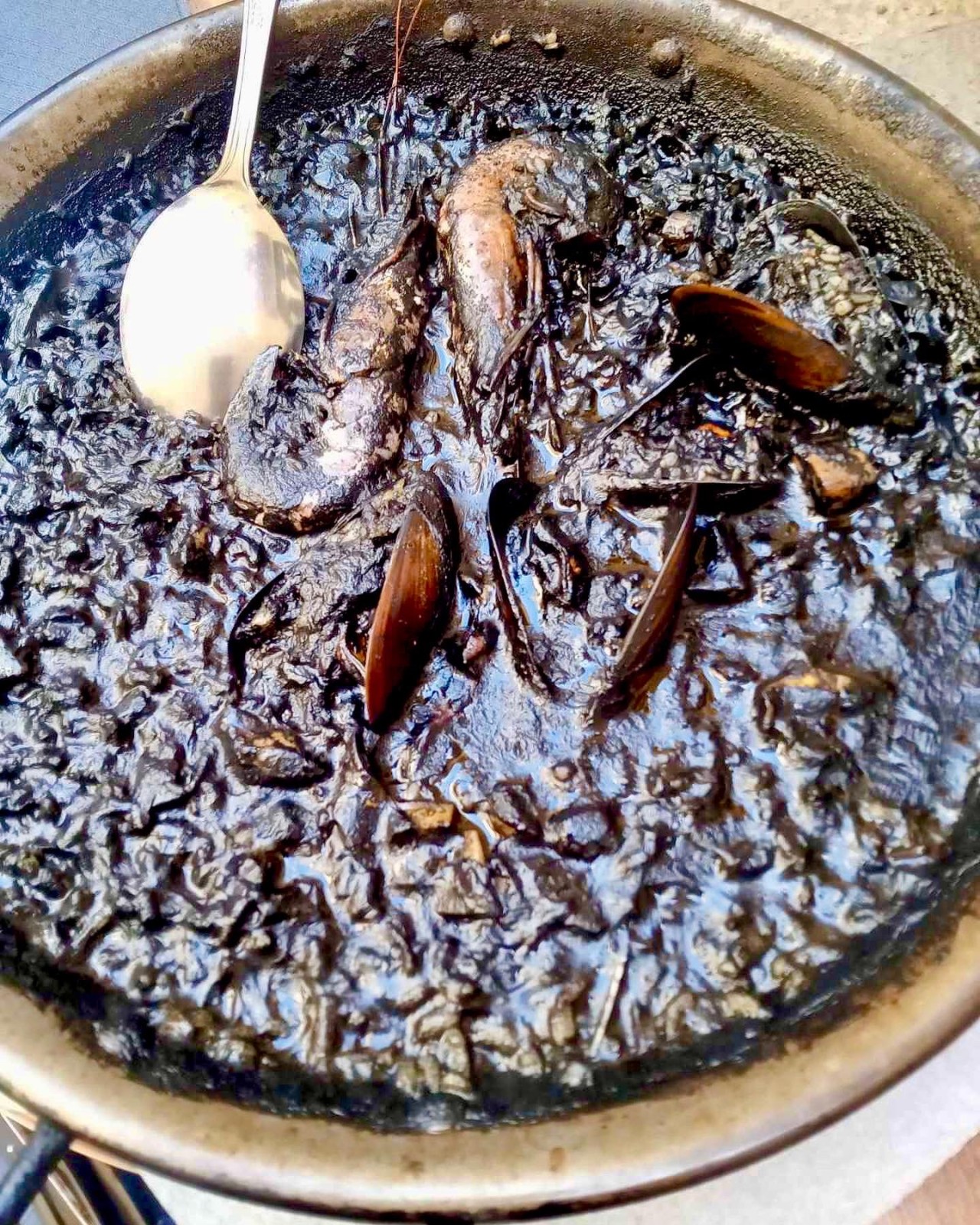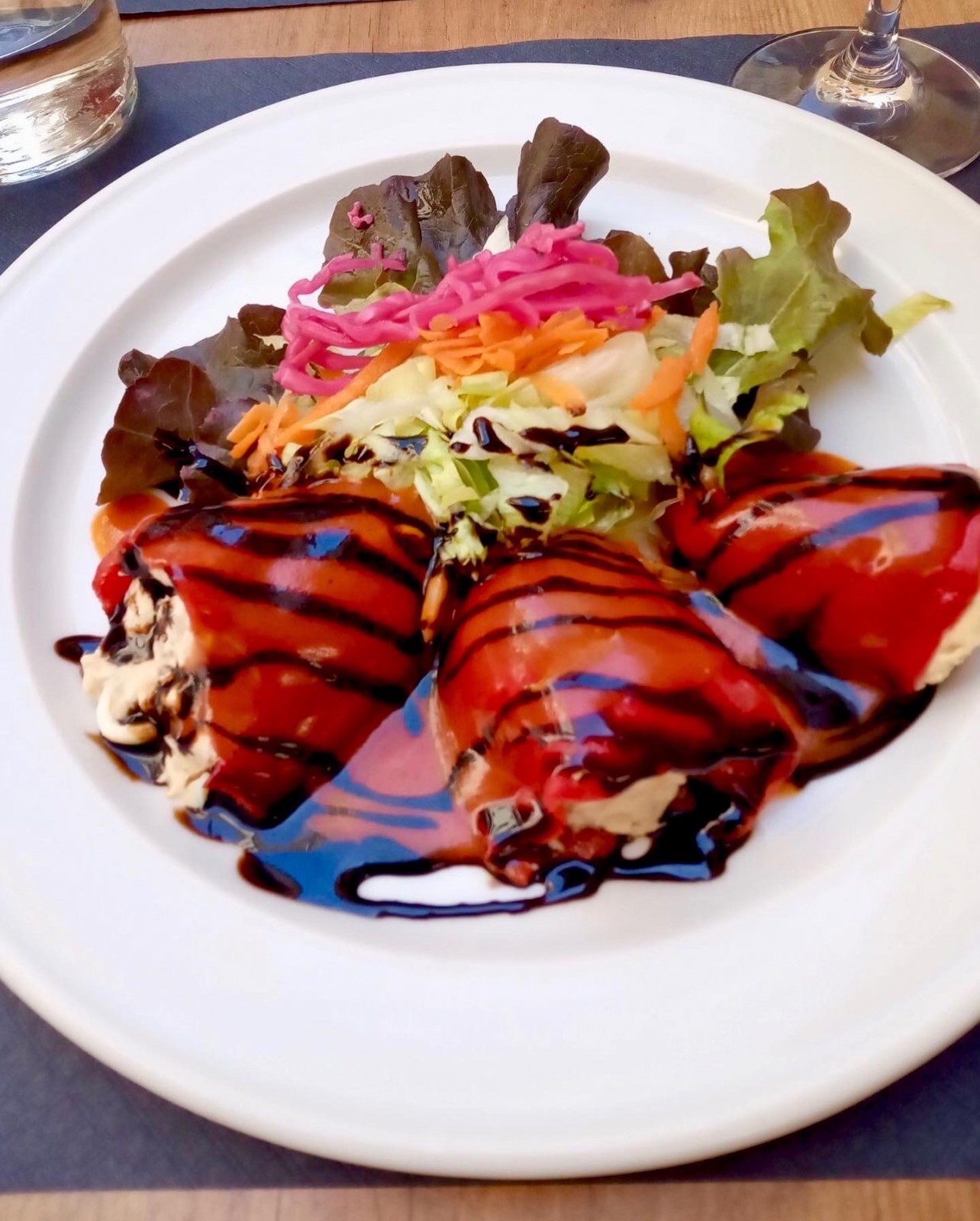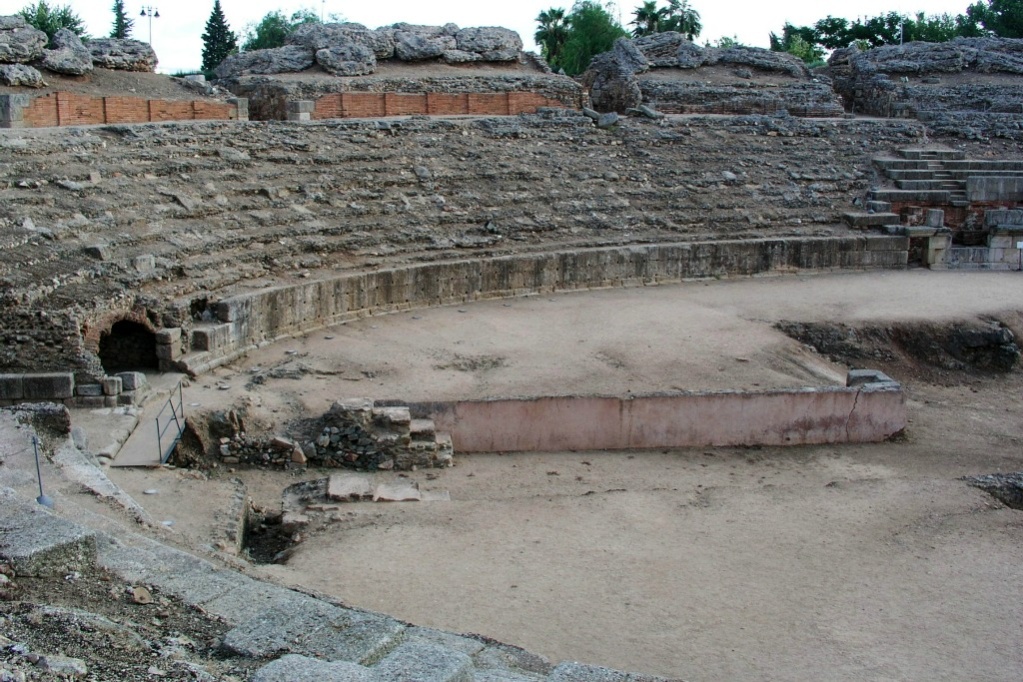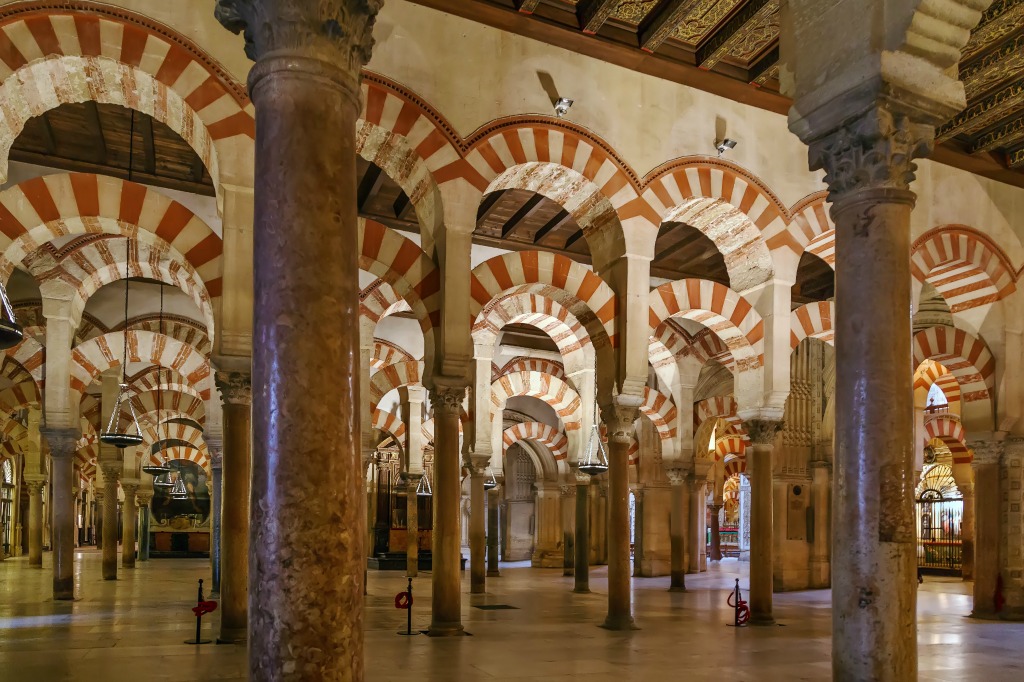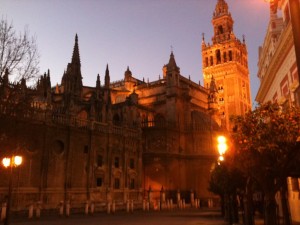Girona Spain Travel Guide A Vagabond Life
Nestled in the heart of Catalonia, Girona is a captivating gem awaiting discovery by travelers seeking a taste of Spain’s rich history and breathtaking landscapes. As you step into this enchanting city, you’ll find yourself transported to a world where medieval charm meets modern sophistication.
Girona’s history is a tapestry of conquests and cultural exchanges. Founded by the Romans over two thousand years ago, it witnessed the rise and fall of various civilizations, including the Visigoths and Moors. In the Middle Ages, it became a thriving center of trade and culture, with its stunning Old Town showcasing Gothic and Romanesque architecture that has been impeccably preserved. The city’s fortifications, including the renowned city walls, offer a glimpse into its strategic importance throughout history.
Beyond its historical allure, Girona boasts a vibrant culinary scene, with world-class restaurants and local markets offering an array of delectable Catalan dishes. Wander through the picturesque Jewish Quarter, explore the vibrant colors of the Onyar River houses, or visit the imposing Girona Cathedral.
Whether you’re an architecture enthusiast, a food lover, or simply seeking to immerse yourself in the enchanting ambiance of a well-preserved medieval city, Girona promises an unforgettable Spanish adventure that will leave an indelible mark on your travel memories.
Girona Spain Map
Getting To Girona Spain
Getting to Girona
Girona, a charming city in northeastern Spain, is easily accessible by various modes of transportation.
By Air
The nearest major airport is Girona-Costa Brava Airport (GRO), located about 12 kilometers (7.5 miles) from the city center. This airport serves both domestic and limited international flights, mainly from European destinations. From the airport, you can take a direct bus to the city center, a taxi, or rent a car for a quick drive.
By Train
Girona is well-connected by train, with the main train station, Estació de Girona, offering regular services from major cities. High-speed AVE trains from Barcelona take about 38 minutes, making it a convenient option for travelers coming from the Catalan capital. Additionally, regional trains from other parts of Spain, such as Madrid and Valencia, also connect to Girona.
By Car
If you prefer driving, Girona is accessible via the AP-7 motorway, which links the city to Barcelona (about 100 kilometers or 62 miles) and the French border. The drive offers scenic views of the Catalan countryside and is straightforward with well-marked roads.
Getting Around Girona Spain
Once in Girona, getting around the city is convenient due to its compact size and well-planned infrastructure.
Walking
Girona’s city center is best explored on foot. The historic Old Town, with its medieval streets, picturesque squares, and landmarks like the Girona Cathedral and the Jewish Quarter, is easily walkable. Strolling through the city allows you to fully appreciate its charm and architectural beauty.
Bicycles
Girona is a bike-friendly city with designated bike lanes and paths. You can rent bicycles from various local shops and explore the city and its surroundings at your own pace. Cycling is a great way to reach outlying areas or enjoy the scenic landscapes around Girona.
Public Transport
Girona has a reliable local bus network operated by Sarfa and other local companies, which connects different parts of the city and nearby areas. Buses are useful for traveling to destinations outside the city center or reaching nearby towns.
Taxis
Taxis are readily available in Girona and provide a convenient option for shorter trips or when public transport is less accessible. Taxi ranks are located at key points throughout the city, including the train station and airport.
Car
While the city center is best explored on foot or by bike, renting a car can be useful for exploring the surrounding region, including the Costa Brava coastline and the picturesque villages of Catalonia. Parking is available in and around the city, though be aware that some areas may have restrictions or require payment.
Things To See & Do In Girona Spain
Cathedral of Saint Mary of Girona
The Cathedral of Saint Mary of Girona, often simply referred to as Girona Cathedral, is a stunning architectural masterpiece that stands as a testament to the city’s rich historical and cultural heritage. Dominating the skyline with its grand Gothic facade, the cathedral is one of the most iconic landmarks in Girona, Spain.
Construction of the cathedral began in the 11th century and continued into the 18th century, resulting in a remarkable blend of architectural styles. The most notable feature is its enormous Gothic nave, which is one of the widest of its kind in Europe. The cathedral’s interior is equally impressive, with its high vaulted ceilings and intricate stone carvings that create a dramatic and awe-inspiring atmosphere.
One of the cathedral’s most cherished treasures is its 11th-century Romanesque tapestry, known as the “Tapís de la Creació” or “Creation Tapestry.” This medieval masterpiece, depicting scenes from the Old Testament, is an invaluable artifact that provides insight into the artistry and craftsmanship of the era.
Visitors can explore the cathedral’s cloisters, which offer a peaceful setting with beautiful views of the surrounding gardens and the city. The cathedral’s location atop a hill also provides panoramic vistas of Girona and the surrounding landscape.
A visit to the Cathedral of Saint Mary of Girona offers a profound glimpse into the city’s historical evolution and architectural splendor, making it a must-see for anyone interested in Spain’s rich cultural heritage.
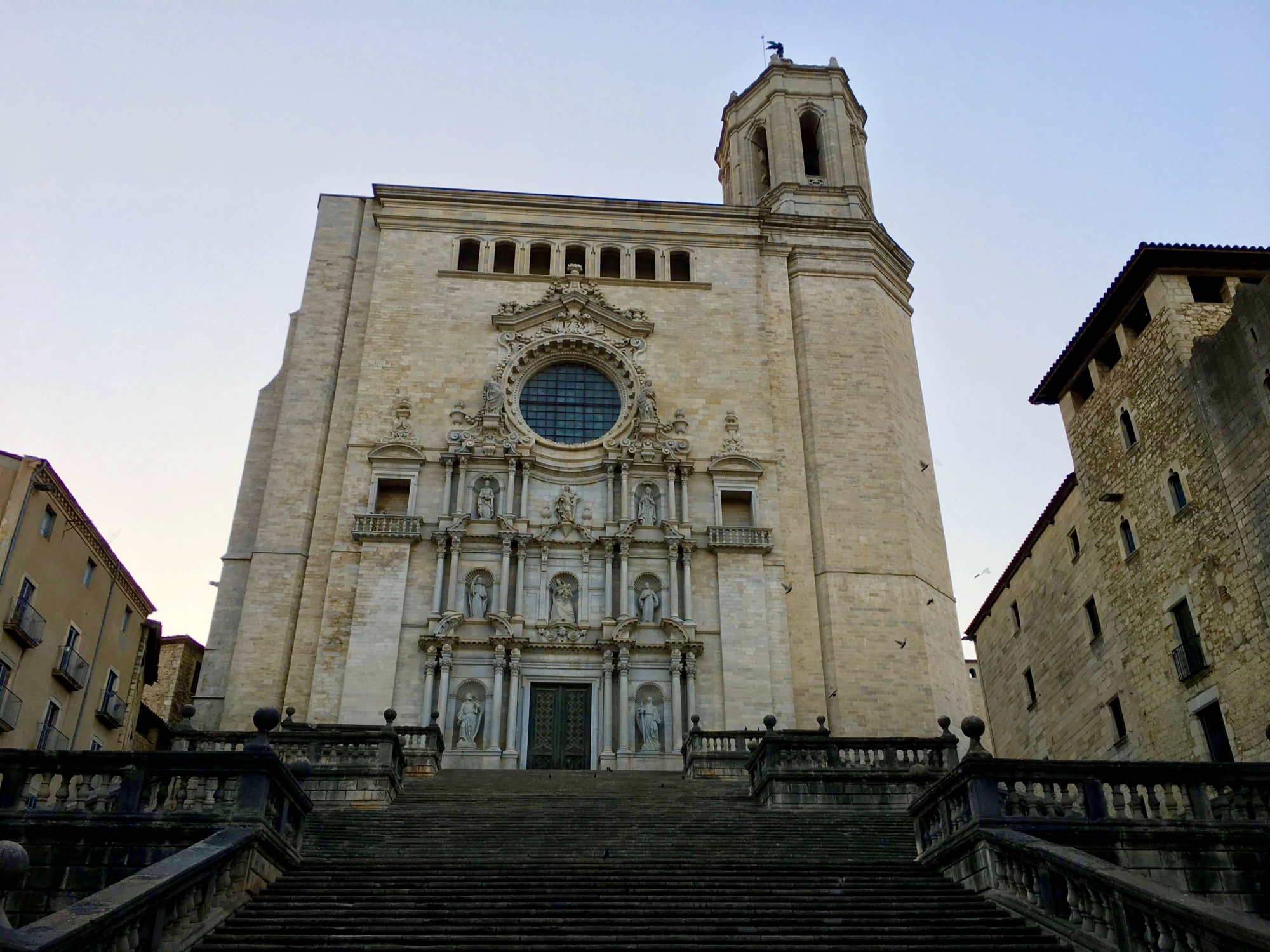
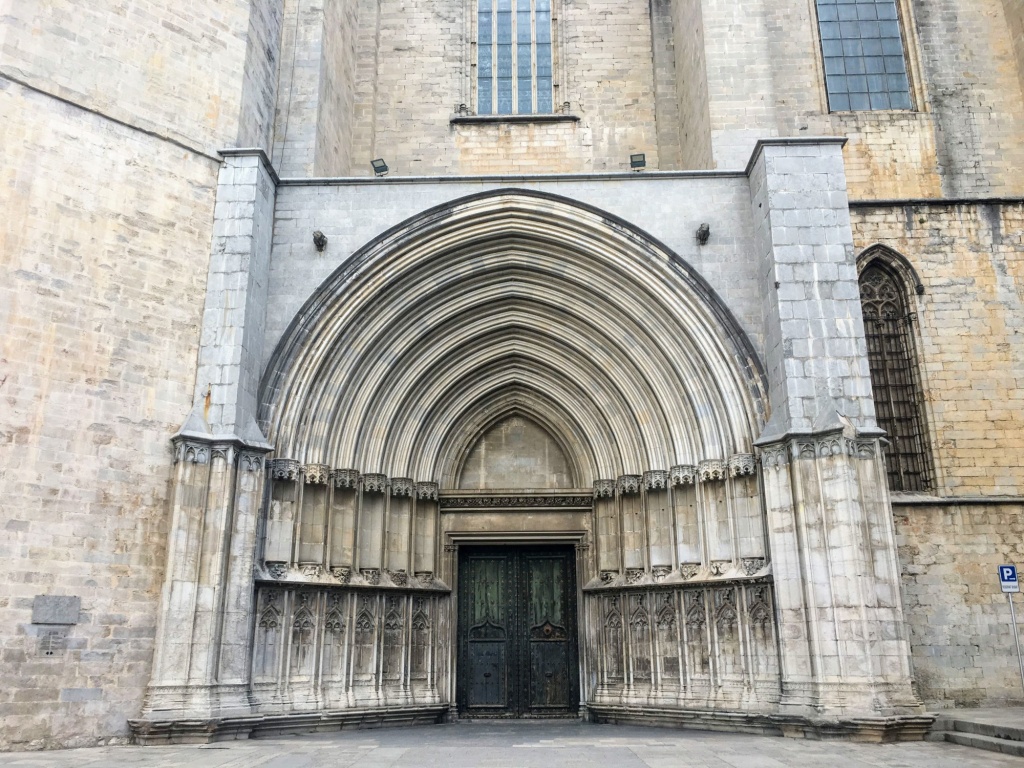
Gardens of Girona
Jardins de Muralia in Girona is a captivating green oasis that offers a serene escape from the city’s bustling streets. Located in the heart of the Old Town, these gardens are a hidden gem that blend history, nature, and art into a tranquil retreat.
The gardens are situated on the site of the old city walls and provide a lush, landscaped space with beautifully manicured lawns, colorful flowerbeds, and a variety of Mediterranean plants. The design of Jardins de Muralia incorporates elements of Girona’s rich history, with stone pathways and terraces that evoke the city’s medieval past.
One of the highlights of the gardens is the panoramic views they offer. From various vantage points, visitors can enjoy stunning vistas of Girona’s historic skyline, including the Cathedral and the old city walls. The gardens also feature several art installations and sculptures, adding a cultural dimension to the natural beauty.
Perfect for a leisurely stroll, a quiet moment of reflection, or a picturesque picnic, Jardins de Muralia is a testament to Girona’s commitment to preserving green spaces and enhancing the quality of urban life. Whether you’re a local or a visitor, these gardens provide a peaceful retreat amid the vibrant history and culture of Girona.
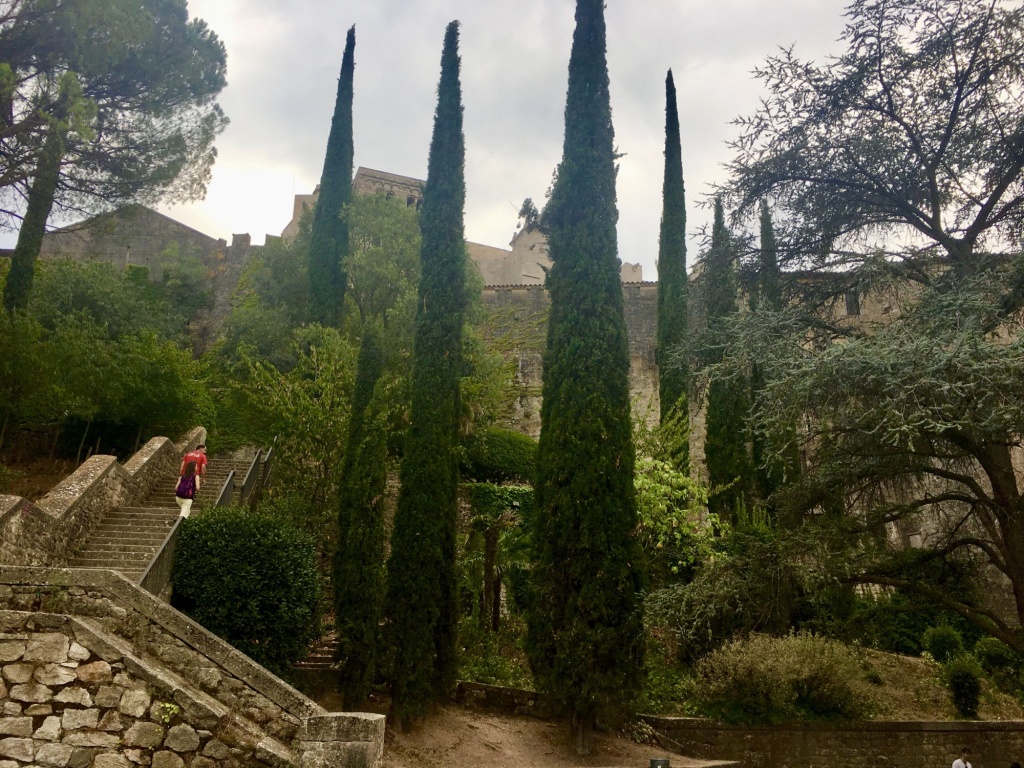
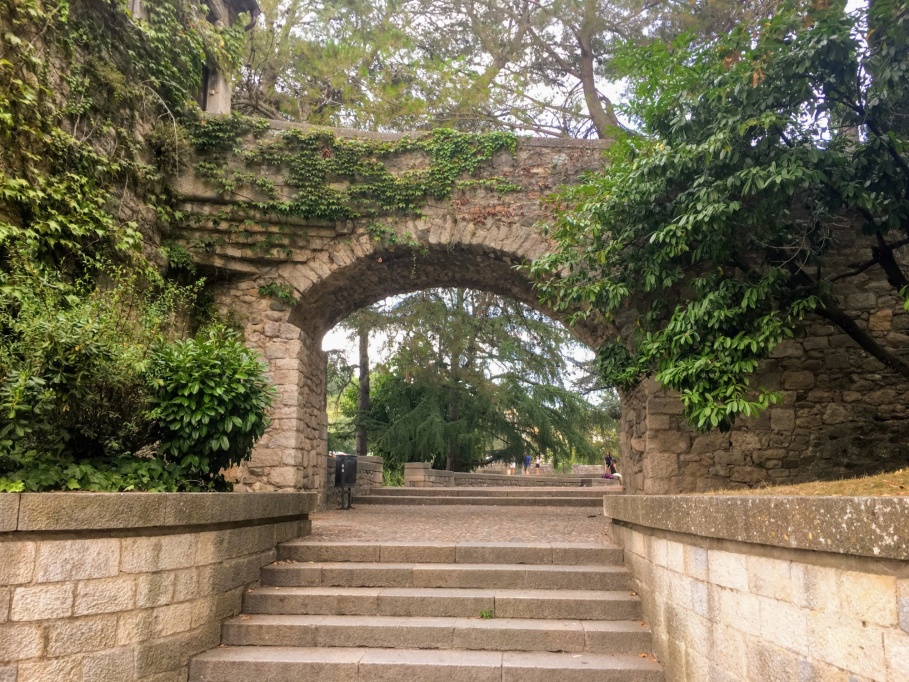
Explore the Streets of Girona
Exploring the streets of Girona’s Old Town is a captivating journey through medieval history and vibrant local culture. As you wander through the labyrinthine alleys, you’ll be immersed in the charm of this well-preserved historic quarter, known as Barri Vell. The ancient city walls, some dating back to Roman times, offer a glimpse into Girona’s storied past and provide panoramic views over the city and the surrounding landscapes.
The Old Town’s narrow cobblestone streets lead to picturesque squares such as Plaça de la Independència, where charming cafes and restaurants offer a perfect spot to relax and soak in the atmosphere. Don’t miss the impressive Girona Cathedral, with its grand Gothic facade and sweeping staircase, which dominates the skyline and houses a remarkable collection of art and religious artifacts.
The Jewish Quarter, or El Call, is another highlight, showcasing medieval architecture and offering a deep dive into the city’s rich cultural heritage. Here, you can explore hidden corners and discover the ancient history of Girona’s Jewish community.
As you stroll, the colorful façades of historic buildings and the lively local markets create a vibrant backdrop, making every step through Girona’s Old Town a delightful and immersive experience.
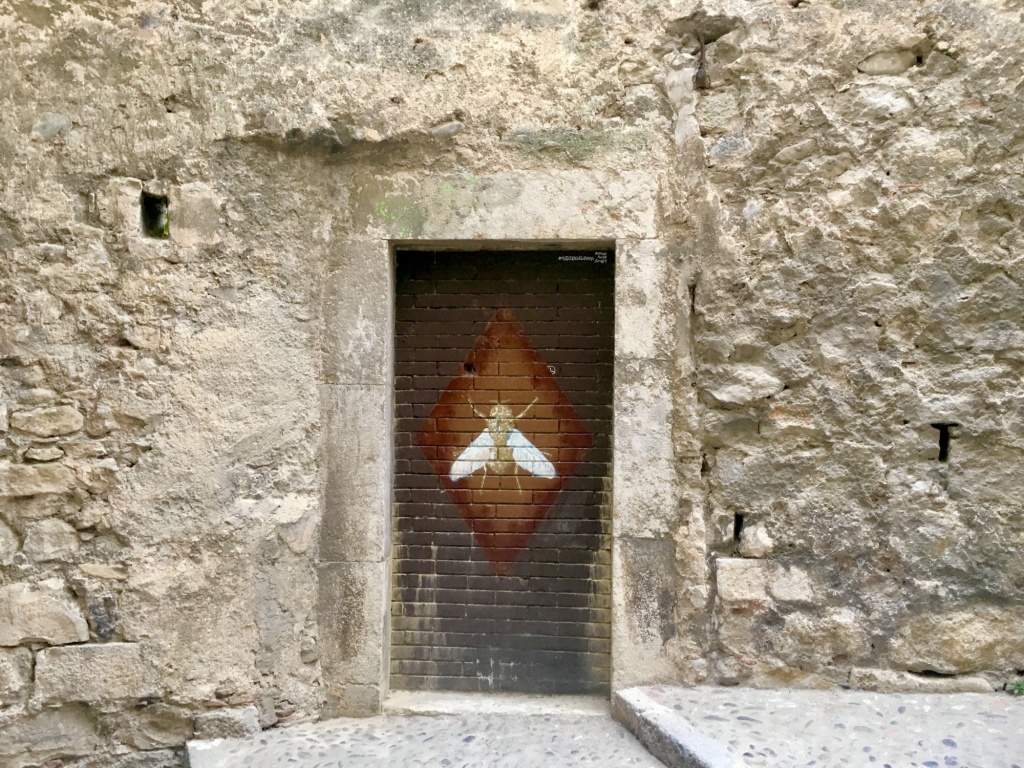
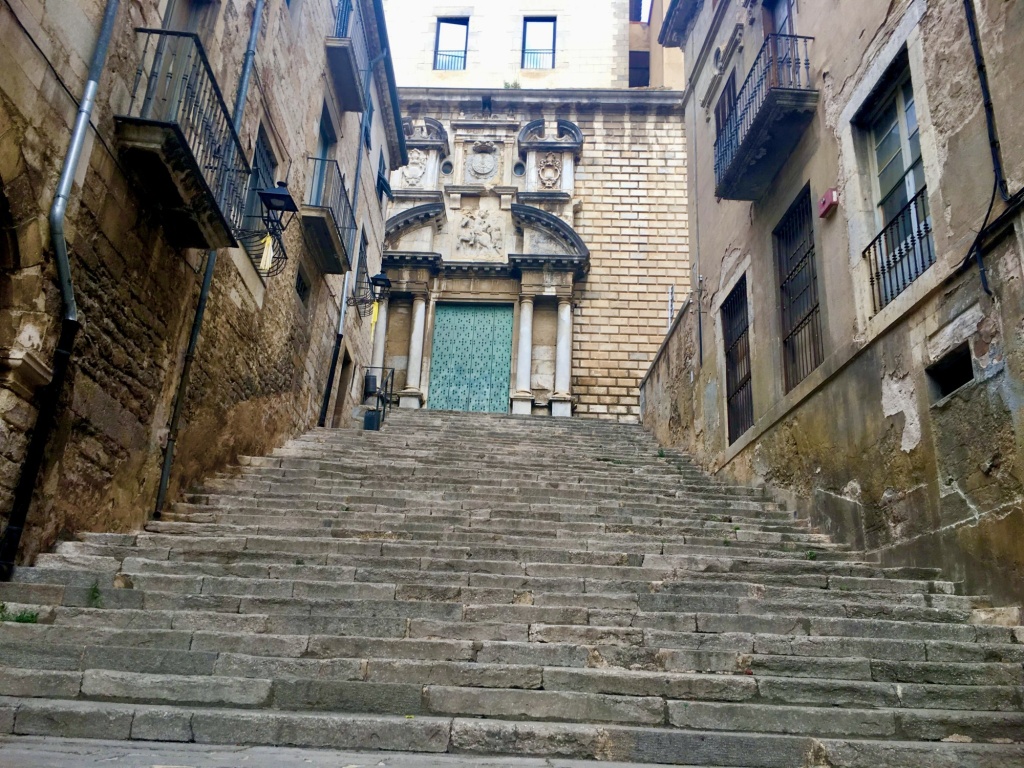
Enjoy Delicious Catalan Food In Girona
Catalonia, a region in northeastern Spain, boasts a rich culinary heritage with a variety of popular and delicious dishes. Here are some of the most beloved Catalan dishes:
1. Escudella i Carn d’Olla
This traditional Catalan stew is a hearty and comforting dish, especially popular in the winter months. Escudella i Carn d’Olla is a two-part meal consisting of a rich meat and vegetable stew (escudella) and a second course of the meat used in the stew, often served with sausages and vegetables. It is typically made with a variety of meats such as beef, pork, and sometimes chicken, along with potatoes, carrots, and other vegetables.
2. Calcots with Romesco Sauce
Calcots are a type of green onion, and they are a Catalan specialty, particularly popular in the spring. They are typically grilled over an open flame until charred, then served with a rich and tangy romesco sauce made from roasted red peppers, tomatoes, almonds, garlic, and olive oil. This dish is often enjoyed at traditional calçotades, which are festive gatherings centered around eating calcots.
3. Paella Catalana
While paella is often associated with Valencia, Paella Catalana has its own unique twist. This rice dish typically includes a mix of seafood, such as prawns, mussels, and clams, combined with a variety of vegetables and sometimes meat. The rice is cooked in a flavorful broth infused with saffron and other spices.
4. Fideuà
Similar to paella, Fideuà is a noodle-based dish instead of rice. Originating from the Catalan coast, it features short noodles cooked with a variety of seafood, such as squid, prawns, and mussels, and seasoned with saffron and other spices. It is often served with aioli, a garlicky mayonnaise-like sauce.
5. Crema Catalana
Crema Catalana is a delicious dessert that resembles crème brûlée. It consists of a rich custard made from egg yolks, milk, sugar, and vanilla, topped with a caramelized sugar crust. It is traditionally flavored with lemon zest or cinnamon and is a popular sweet treat throughout Catalonia.
6. Canelons
Canelons (Cannelloni) are a Catalan favorite, especially enjoyed during the winter months and festive occasions. This dish features pasta tubes stuffed with a filling of slow-cooked meat, béchamel sauce, and cheese, then baked until golden and bubbly. It is often made with leftover meat from Escudella i Carn d’Olla.
7. Botifarra
Botifarra is a type of Catalan sausage that comes in various forms, including botifarra de perol (a fresh sausage typically grilled or fried) and botifarra negra (a blood sausage). It is commonly enjoyed grilled or cooked with other ingredients, such as in escudella.
8. Pa amb Tomàquet
A simple yet iconic Catalan dish, Pa amb Tomàquet consists of toasted bread rubbed with ripe tomatoes and drizzled with olive oil. It is often seasoned with salt and sometimes garlic and served as a side dish or appetizer. It’s a staple in Catalan cuisine and pairs well with a variety of toppings, including cured meats and cheeses.
These dishes showcase the rich and diverse flavors of Catalan cuisine, reflecting both traditional recipes and regional ingredients.
